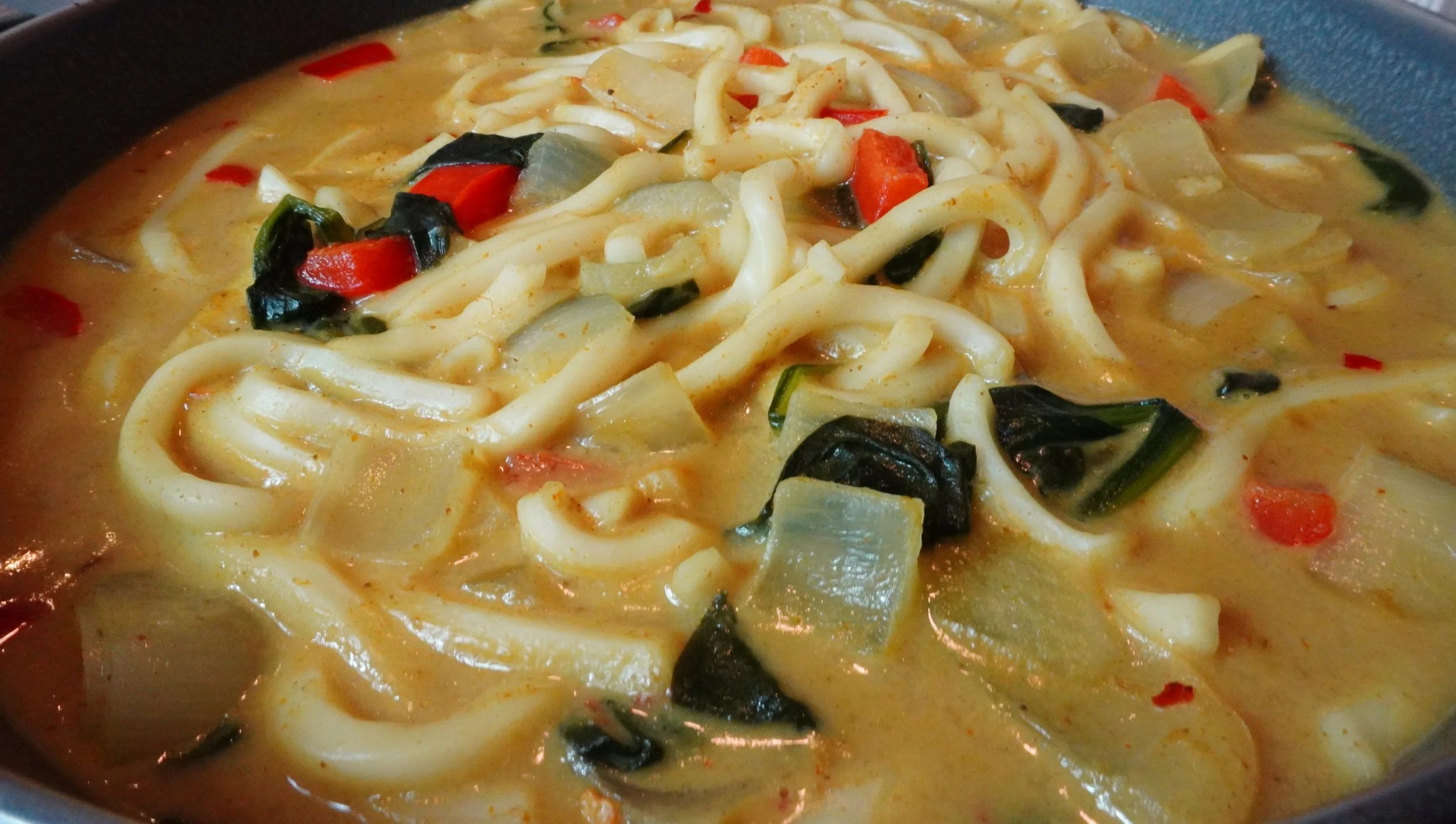This Food in History #17 Beignets
Hello and welcome to another episode of This Food in History! I’m Soph and today we are going to the American South for a signature dish that has yet more European origins, beignets!
These deep fried pastries always conjure up images of New Orleans and Mardi Gras for me as it’s hard to see them mentioned without a reference back to NOLA. They are simple to toss together, all you need is flour, salt, butter, eggs, sugar, yeast, milk, and patience with a deep fryer. The recipe will look really similar since they share a lot in common with donuts which share one of the technical things about beignets. They are a type of choux pastry. The fun about this type of pastry is that it uses a high moisture dough that creates steam during cooking. This contributes to the rising in the finished pastry instead of yeast. Beignets use both methods for the fluffy treat.
Sharing this with donuts isn’t a full coincidence. In New Orleans they were sold as donuts first. In the early 20th century they were on menus for places like the famous Cafe du Monde or the French Market stand Morning Call founded in 1870 by Croatian immigrant Joseph Jurisich, and sold as doughnuts even though they didn’t include the expected donut hole. In 1958, it was rebranded as the beignet, a more ancient word for tourists. Then in 1986, beignets were made the official donut of Louisiana.
Louisiana is known for its blended culture with the French from settlers/colonizers to the area so is this how New Orleans got their hands on choux pastry and donuts to claim beignets? It seems to be agreed that they appeared in the area in the 18th century but not by who. Local legends point to Ursuline Nuns bringing recipes to Café du Monde, but this is unverified. The answer that I found is that it’s Acadian. Yes, the ethnic group of French Settlers with French Canadian roots that would settle and become the well known Cajuns. They were forced from their homes in Nova Scotia by the British.
In 1902 Picayune Creole Cook Book, published by “The Picayune,” a leading New Orleans newspaper states:
“The ancient French colonist brought the custom of serving sweet entrements and eatres, such as Beignets, Compotes, Souffles, Gelees, etc., from the old mother country to Louisiana. The Creoles applied these to the various delightful and refreshing fruits, which abound in Louisiana “
So they brought us beignets from France. France has been associated with them since medieval times and also in celebrations of Mardi Gras since the 16th century. This variation is attributed to as far back as 16th Century France but its origins, cultural cousins, and naming scheme reach even farther back and touch Rome, Celts, English, Spanish, and Muslim influences.
Food Historian Cathy Kaufman in her article, Where does the New Orleans’ Mardi Gras Beignet Come From? in the February 2009 Prandial Post asserts a Muslim influence:
“I propose that Mardi Gras beignets may have their origin in the medieval Islamic dish luqam al qadi, a version of which appears in the Baghdad Cookery Book of 1226 AD/623 AH. That recipe, as translated by A.J. Arberry, instructs: “Make a firm dough. When fermented, take in the size of hazelnuts and fry in sesame oil. Dip in syrup and sprinkle with fine ground sugar.
There is more circumstantial evidence supporting an Andalusian introduction of beignets into Mediterranean France. ….Moreover, pets de nonne, deep-fried balls of airy choux paste, were known as “Spanish beignets” in the late Middle Ages, again associating deep-fried dough with Spain. Keeping in mind that Andalusia was under Islamic rule from the eighth until the end of the fifteenth century, many Islamic foods had ample opportunity to be integrated into what has evolved into Spanish cuisine.
Another reason to believe that beignets may have migrated from the Islamic to the Christian worlds is that the deep-frying used to prepare beignets is a relatively expensive technique, requiring a profligate use of fat and preferring metal pans to clay to withstand the high temperatures that the hot fat reaches. Deep-frying thus would have been more typically practiced at the elite end of the spectrum, so that recipes for fritters likely were distributed at the courtly level, only later to be diffused downwards.”
The article continues on to make comparisons to dishes found in Jewish, Catholic, and retained in Islamic customs for fasting based religious ceremonies which she asserts continues to lead to Islamic influence creating this precursor to beignets.
Terrance Scully, author/translator of many medieval and Renaissance cookbooks states in The Art of Cookery in the Middle Ages, "Every major recipe collection of Medieval Europe is absolutely bound to contain, somewhere between its first and last pages, directions for at least a dish or two called either a crisp (or crépe or crispello) or a doughnut. The procedure involved in making either of these is quite simple. All that is needed is, on the one hand, hot grease in a pan or a pot and, on the other, a dough or batter to drop into it."
The Romans made a dessert called scriblita which was also a high moisture dough boiled in animal fat.This is documented in the second century by Cato and is likely a precursor to the other European versions. As discussed in my pastry video, China and Ancient Egypt also have influence in making pastry dough while currently we are looking at specific methods of cooking it.
Choux pastry influences are all over in Europe as well. England has recipes published in 1584 cookbook, A Book of Cookrey and it’s a base for cream puffs, eclairs, and profiteroles. Though of note, it didn’t get named as choux until the 18th century. 16th Century England called it Bennets. Germany had spritz kueken and krullers while zeppole lives in Italy. While we’re discussing Italy, I want to mention there are historians that claim Italy can claim the invention of beignets saying it was invented by Chef Panterelli for Catherine de Medici in 1540 when she had left Tuscany after marrying King Henry II of France. Historians do argue these claims and state that many chefs stole credit in their cookbooks often and this hasn’t been verified as truth.
So after all that rambling what we have learned is that a strong argument is that Medieval Islam invented beignets earliest version while Ancient Rome claims the deep fried dough starter that gives rise for Islam. This then spread to places like Spain, France, and as they spread, many countries had their version of fried rising doughs that were flavored differently and one day, choux pastry was born. Southern France brings us settlers that took this to Canada, then New Orleans where it became associated with NOLA and the State donut of Louisiana.
Thank you for watching, please like and subscribe for more!
Cites:
https://gambinos.com/powdered-sugar-pillows-history-beignet/
https://gulfcoastblenders.com/history-of-beignets-and-where-to-find-them/
https://www.ymtvacations.com/travel-blog/the-immigration-of-flavor-the-story-behind-the-beignet
https://stores.renstore.com/food-and-drink/history-of-beignets
https://www.tastingtable.com/1068904/the-fascinating-history-of-new-orleans-famous-beignets/
https://www.rachellaudan.com/2009/07/beignets-and-luqam-thoughts-from-cathy-kaufman.html




